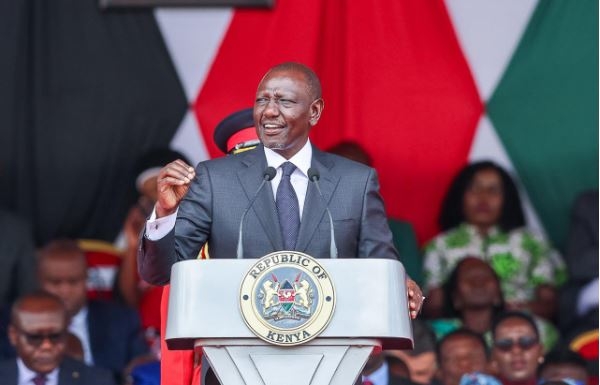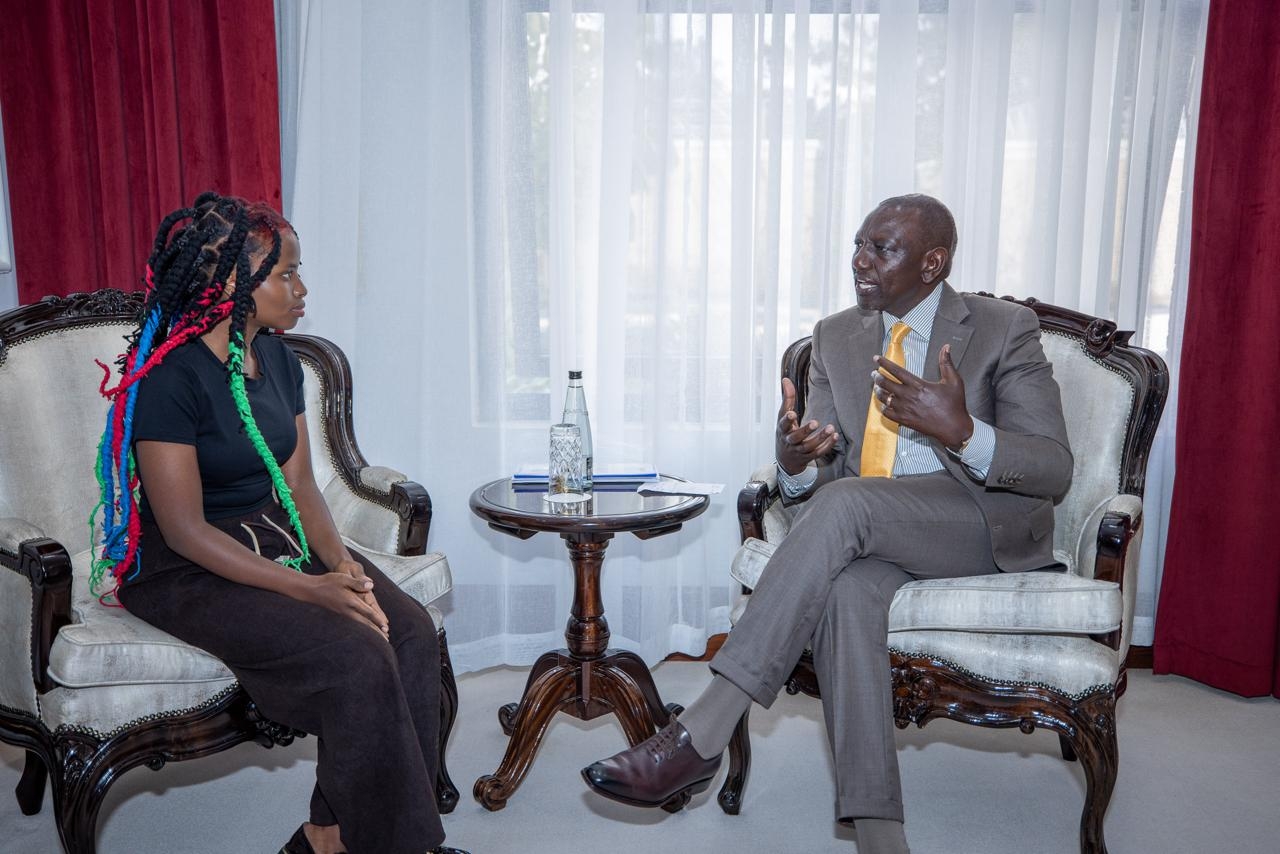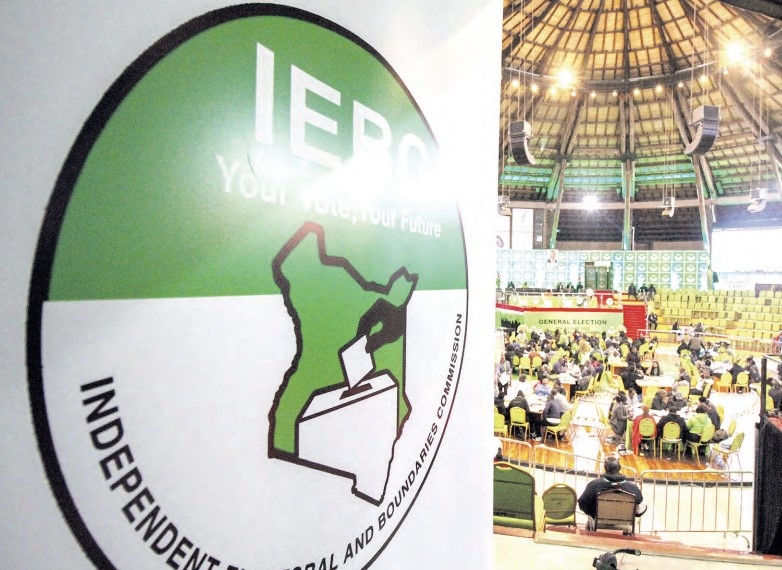It’s common for us to quietly point to friends items that have captured our interest.
Human infants also produce sounds and make gestures to elicit the attention of adults toward an object
Turns out, it is not only human beings who do that. Researchers say they have captured a young chimpanzee showing her mother a leaf in a Ugandan forest.
“We provide video evidence of an adult female chimpanzee, Fiona, showing a leaf to her mother, Sutherland, in the context of leaf grooming in Kibale Forest, Uganda,” researchers say in the Proceedings of the National Academy of Sciences journal.
“Our observations suggest that in highly specific social conditions, wild chimpanzees, like humans, may use referential showing gestures to direct others’ attention to objects simply for the sake of sharing,” they said.
The researchers include Claudia Wilke, Nicole J. Lahiff, Kris H. Sabbi and Katie Slocombe from the University of York in the UK.
Chimpanzees are not indigenous to Kenya and Sweetwaters Chimpanzee Sanctuary in Ol Peteja is the only place to see them in the country.
The researchers in Uganda described how the young chimp named Fiona held the leaf out to her mother, named Sutherland, who was sitting next to her.
When the mother only lowered her eyes, Fiona thrust the leaf further forwards – possibly, the team suggested, because she did not see her mother’s response.
“She’s not offering it for food. She doesn’t want her mum to do anything. She just wants them to look at it together, and be like ‘Oh, cool, nice!’,” Prof Slocombe said.
Head of the Taxidermy at the National Museums of Kenya Bernard Agwanda said on the phone that chimpanzees just like human beings have different senses.
“They have different senses just like human beings. They produce hormones through urine, sweat and stool to mark a territory, for instance, or even conceive a baby," he said.
Agwanda said they can also gesture and vocals while communicating.
He said humans use all that the chimpanzees use.
"We have however lost some of the senses such as that of smell after gaining vocals," he said.
Agwanda said humans rarely use the sense of smell.
The authors suggested that in highly specific social conditions, wild chimpanzees, like humans, may be motivated to communicate cooperatively and share interest and attention simply for the sake of sharing.
Slocombe added, "Our observations raise new questions about why humans share experiences more often than our closest living relatives and whether engaging in this behaviour at a higher frequency than other species can still explain the evolution of cognitive functions underpinning human social behaviour."
In their paper, the researchers said establishing communicative goals in nonlinguistic beings is challenging, and in nonhuman primate gestural research, multiple observations are typically used to identify the signaler’s putative goal.
They added, “Future research should endeavour to identify more observations of showing behaviour, ideally from multiple individuals, to confirm that chimpanzees sometimes communicate with the goal of sharing attention.”
This is not the first time scientists have attempted to learn how chimps communicate.
In July, new research published in Science Advances indicated that similar to humans, chimpanzees use communication to coordinate their cooperative behaviour — like during hunting.
When chimpanzees produce a specific vocalisation, known as the “hunting bark,” they recruit more group members to hunt and capture their prey more effectively.
By studying more than 300 hunting events recorded over the last 25 years in the Kanyawara chimpanzee community in Uganda, researchers discovered that by making bark vocalisations, wild apes catalyse group hunting, rendering this form of cooperative behaviour more effective.
Scientists have been debating for years whether hunting in chimpanzees involves any real coordination between hunters or whether each individual simply chases their own prey independently.
This new research shows that hunts featuring the occurrence of specific hunting calls play out very differently from hunts where this signal is not produced.
“Strikingly, following the production of hunting barks, we observed more hunters joining, greater speed in beginning the chase and a shorter time to make the first capture,” says study author Zarin Machanda of Tufts University, who heads up the Kanyawara Chimpanzee Project.















